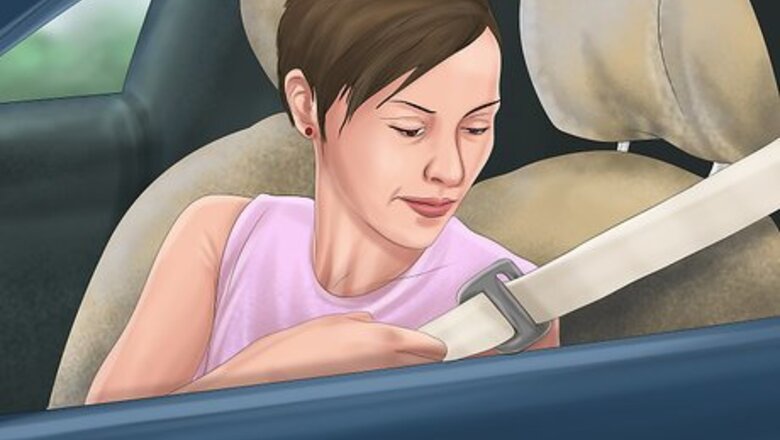
views
Being Prepared
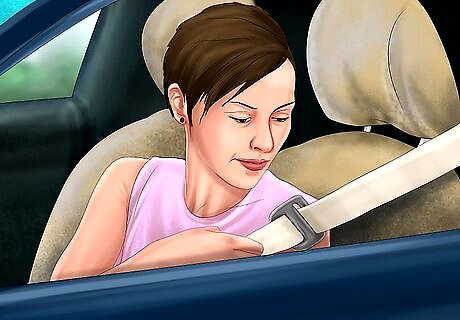
Wear your seat belt. Wearing your seatbelt is one of the most important things you can do to survive a car crash. Make sure that your lap belt sits low on your hip bones and that the shoulder belt goes across the center of your chest. Children should be seated in proper child restraints until they are large enough to properly wear a lap and shoulder belt.
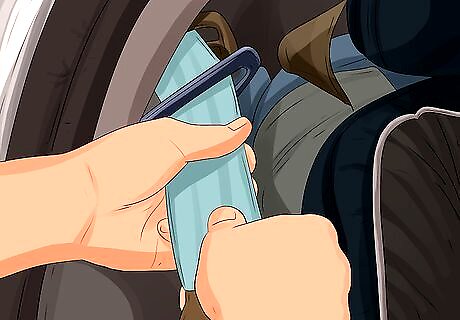
Drive a safe car which is fitted with seat belts and other safety features. You won't have to worry about head support unless you are driving a really old car from the 1980s or under. Older cars, which may just have lap belts and almost never have any additional safety features, are generally less safe than large vehicles. SUVs tend to be more prone to rollover accidents than cars. Try to drive the safest car that suits your needs and budget. The Insurance Institute for highway safety maintains extensive crash test ratings and lists of safe vehicles of different sizes and styles. In Europe, Euro NCAP maintains these ratings. Their website is at https://euroncap.com

Store objects so that they will not hit you if the car gets hit. If an object could become a projectile during a crash, either remove it from the car, or stow it in the trunk, or, in the case of a minivan, in the well behind the seat.

Make sure the safety systems on your car are serviced regularly. Airbags and seat-belts significantly reduce injury and death in automobile accidents.
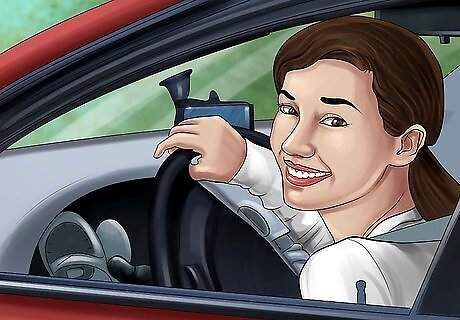
Do not lean against the dashboard. If there is a high-speed crash, the car's airbags inflate. They have saved lives, but they inflate with such force that if you are leaning against the dashboard when they inflate you will be thrown backward and injured. If the car has curtain airbags (also called side airbags) it is also dangerous to lean against the sides of the car.
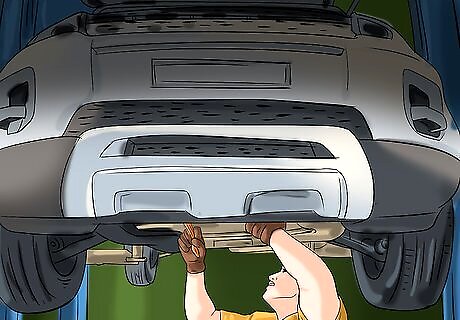
Make sure your car's engine, brakes, transmissions, suspension, and tires are in good condition. The safest accident is the one you don't get in; having your car in top running condition can help you avoid an accident or minimize harm in case you get in an accident.
Using Safe Driving Practices
Don't rely on safety features. Features such as autonomous braking, backup cameras or blind spot assist are only to supplement safe driving. These features can easily be disabled or malfunction, not responding in the event of an imminent crash or responding when there is no imminent crash. Reliance on these safety features can result in serious injuries.
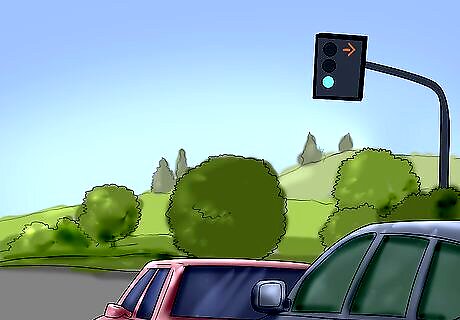
Obey traffic laws and be conscious of current conditions. Adjust your driving if in heavy traffic or inclement weather. Sixty mph may be safe when it's dry, but if a sudden rain falls, wetting the roadway and raising oil off the ground, it will probably be safer to drive at a lower speed.
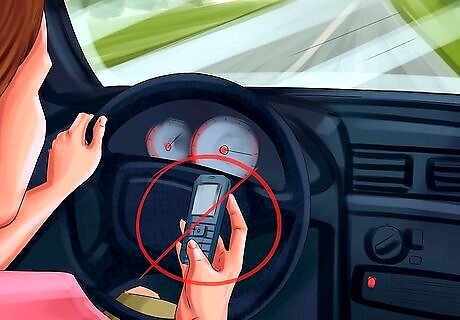
Focus on what you are doing. While driving, avoid using cell phones, reading maps, eating and other distracting activities. If you are a passenger, sit up straight with your seat-belt fastened. Don't lean your seat too far back, don't put your feet up on the dashboard, and definitely do not distract the driver. Do not place objects on top of the airbag enclosure.
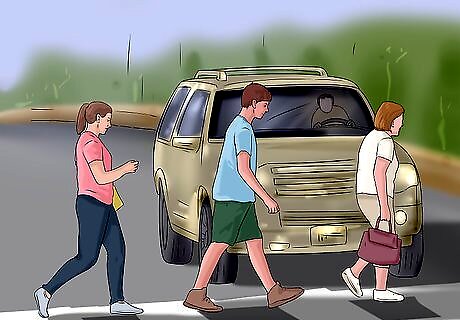
Anticipate potential problems. Observe the road looking for things that could end up causing an accident. Look ahead for cars or pedestrians that may move into your car's path. Keeping a safe distance behind other vehicles (following the "two second rule" ) can help you have enough time to react when a vehicle in front of you makes an unexpected move. Stay away from distracted drivers (e.g., the guy on his way to work using an electric razor), tailgaters and other drivers engaging in risky behaviors. Keep an eye on parked cars. They may pull out in front of you; people may exit from them or move from between them without much warning.
Avoiding or Minimizing an Accident
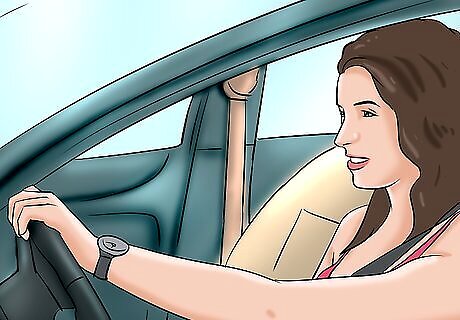
Stay calm. If an accident appears imminent, you need to respond quickly but smoothly. Vehicles of all types respond better to smooth steering and braking inputs.
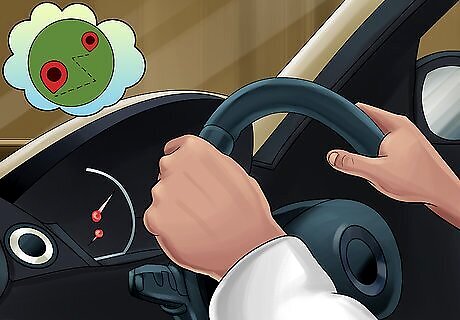
Choose your course of action. You need to decide what combination of steering, braking, and accelerating will best serve to avoid or minimize the harm from an accident.
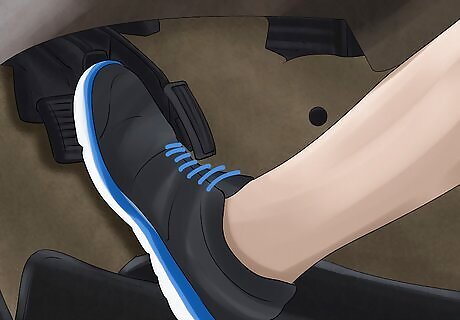
Brake with control. Braking practices vary depending upon whether your vehicle has anti-lock brakes. No anti-lock brakes - If your car lacks anti-lock brakes, you need to pump the brakes to keep the car under control. If you slam on the brakes, your car will start to skid and you will lose control. You cannot steer a vehicle when the brakes are locked. Press firmly, then release. If you feel the tires start to skid release the brakes before steering. Anti-lock brakes - Do not pump anti-lock brakes. Your car's ABS computer will pulse them much faster than you can (you will feel the pedal vibrate a bit when this occurs). Just hold the brakes firmly and steer normally.
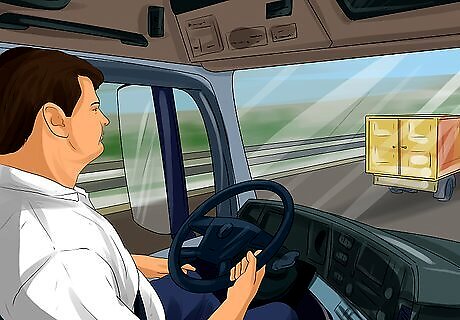
Steer smoothly. - Very jerky motions of the steering wheel, especially with heavy vehicles or those with light rear ends (e.g., pickup trucks) are likely to lead to skids.
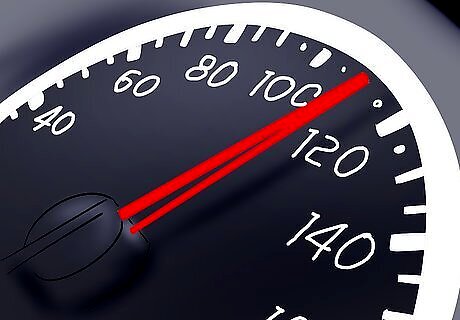
Accelerate if needed. Although it seems counter-intuitive, sometimes the best way to avoid an accident is to speed up and get out of the way.
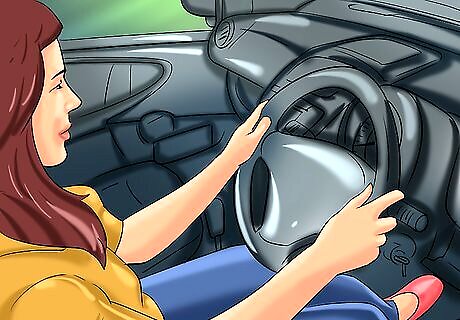
Take steps to recover if you start to skid or lose control. If your car starts to skid or if a tire blows, follow these steps to control the car. Don't hit the brakes. This will only make things worse. Keep a firm grip on the wheel. Steer in the direction of the skid. If the back of your car is sliding to the driver's left, turn the wheels to the left. Wait for your tires to regain traction before braking or pressing the accelerator.

Attempt to minimize damage, if a crash is unavoidable. Avoid head-on collisions into other vehicles or front-end collisions into immovable objects like large trees or concrete barriers. Do as much as you can to control your car's speed. The faster the impact, the more damage it will cause. Avoid side impacts. Serious injury is likely to result if another car strikes your car on the side where it is much weaker structurally and closer to the driver.
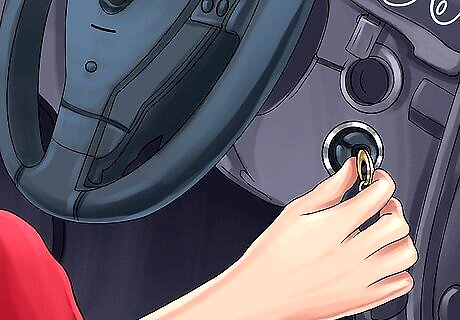
Take appropriate measures after an accident. After a crash, switch off your engine, unlock the doors, and turn on the hazard lights. Extinguish any open flames, like matches or cigarettes. This is especially important if one of the vehicles involved in the crash was carrying dangerous goods (e.g. flammable goods such as paraffin or aerosols, or explosive goods), as in such crashes it is important to prevent explosions or fires, as much as you are not in a film and in reality cars can only really explode or catch fire after crashes if the crash involved a vehicle carrying dangerous goods. If you can, carefully move your vehicle to the shoulder of the road. You can exchange insurance information and figure out who is liable for the accident.
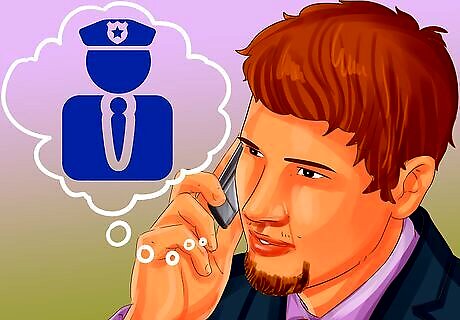
Call emergency services after a crash. Apply first aid if needed. Do not attempt to remove injured people from a vehicle yourself unless if there is a threat to their life (such as if their car caught on fire). Explosions are very unlikely, and you could aggravate any neck spinal injuries, even if the victim feels uninjured. Leave removal of injured people to the emergency services. Remain in your vehicle, unless if your car is on fire. The last thing you want is that you are struck by an oncoming car when attempting to get out.














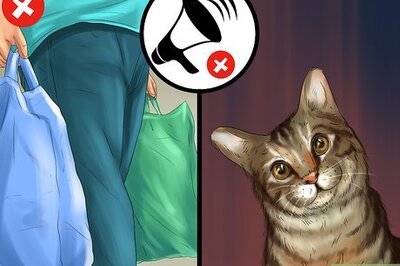




Comments
0 comment